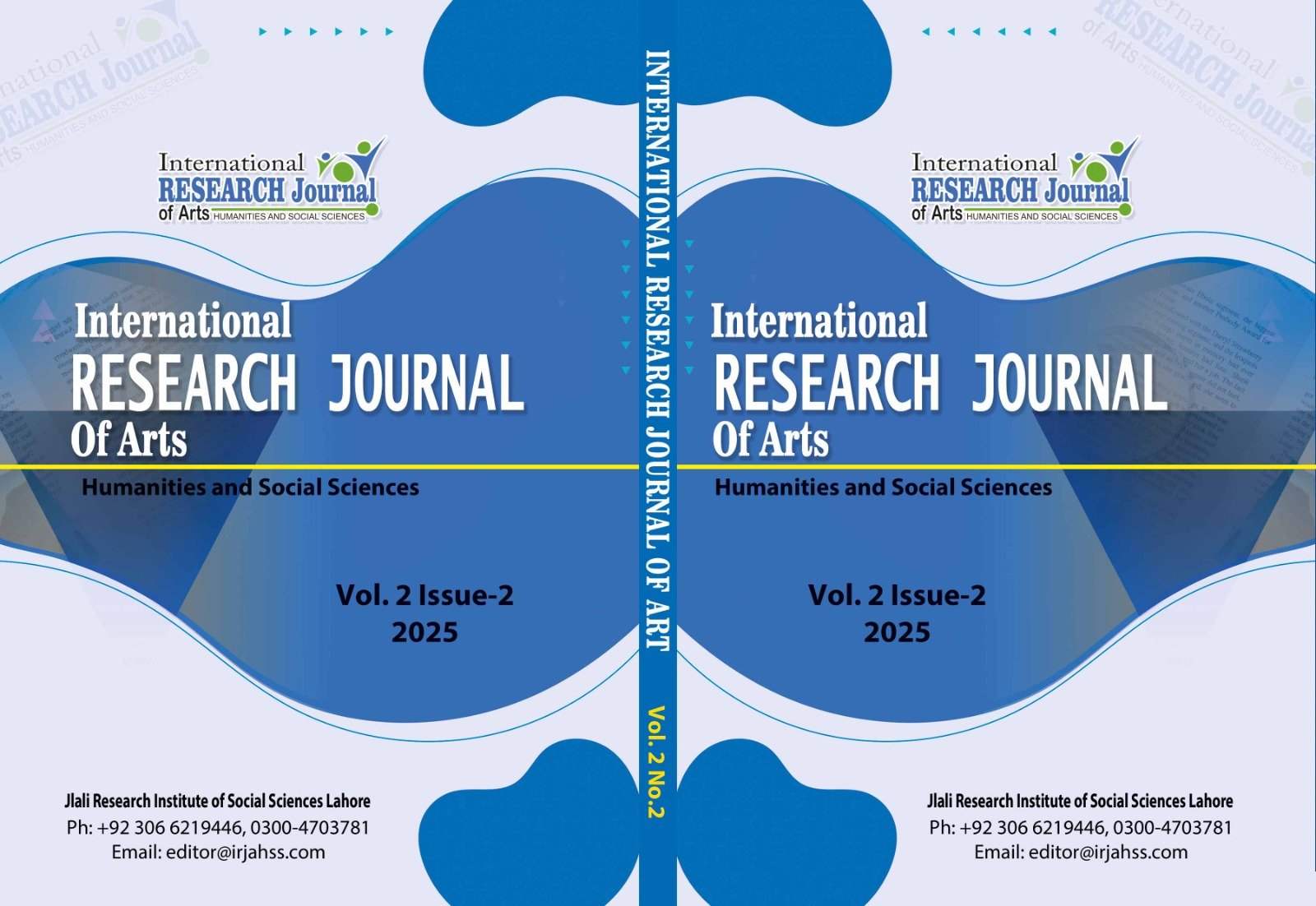Evaluating Human and AI-Crafted Texts: A Comparative Analysis Using the 6+1 Trait Writing Model and Discourse Analysis
DOI:
https://doi.org/10.3456/wyg2ab49Abstract
This research investigates the comparison in human written and AI generated texts using a multidimensional analytic approach using 6+1 Trait writing model, contrastive analysis and discourse analysis. Artificial intelligence has increased the interest of students, teachers and educators in academic writing with its immense advancement day by day. This research studies the difference between humans and AI writing style and examines that how both of them differ from each other. The research uses one essay from Chat GPT as a writing sample from AI and examines 50 essays written by MPhil students. The students were monitored and were not allowed to use any electrical gadgets. AI was given the same topic and all these essays have been analyzed by using 6+1 trait writing model including the study of weaknesses and strengths of all the essays based on the key traits like ideas, organization, word choice, sentence fluency, convention, and presentation. Deeper insights are provided by using the complementary tools such as discourse analysis and contrastive analysis. This investigation reveals that AI and humans both have their own qualities. Though humans are more creative in nature and share their personal experiences in their writings but AI outperforms in organization, convention, and presentation. The findings highlight the strengths and limitations of AI suggesting areas for further enhancement in AI-assisted writing skills.
Downloads
Downloads
Published
Issue
Section
License
Copyright (c) 2025 International Research Journal of Arts, Humanities and Social Sciences

This work is licensed under a Creative Commons Attribution 4.0 International License.
Disclaimer: The International Research Journal of Arts, Humanities and Social Sciences (IRJAHSS) upholds the principles of open access, ensuring unrestricted access to scholarly content to foster the sharing and advancement of knowledge. The opinions expressed in the articles solely belong to the authors and do not necessarily reflect the views or policies of the journal's editorial team, editorial board, advisory board or research institute.






